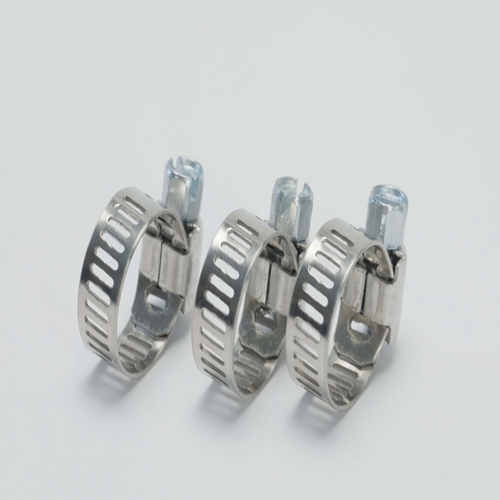- Phone:+86-17331948172 +86-0319-8862898
- E-mail: inquiry@puxingclamp.com
Oct . 31, 2024 03:29 Back to list
gasoline hose clamps
Understanding Gasoline Hose Clamps Essential Tools for Fuel Systems
Gasoline hose clamps play a crucial role in ensuring the secure attachment of fuel hoses in various automotive and machinery applications. These simple yet vital components help maintain the integrity of fuel systems, preventing leaks that could lead to hazardous situations, inefficiency, or costly repairs.
What Are Gasoline Hose Clamps?
Hose clamps are fastening devices that secure hoses onto fittings such as barb connectors or male spigots. Specifically, gasoline hose clamps are designed to work with fuel tubing, which can be made from rubber, plastic, or other materials capable of handling fuel’s chemical properties. The clamps come in various designs, including screw-type, spring-type, and ear clamps, providing flexibility to adapt to different hose materials and sizes.
Importance of Hose Clamps in Fuel Systems
1. Leak Prevention One of the primary functions of gasoline hose clamps is to prevent fuel leaks. A poorly secured hose can loosen over time due to vibration or pressure changes, leading to fuel spillage. This not only causes potential fire hazards but also contributes to environmental pollution.
2. Pressure Retention Gasoline systems often operate under significant pressure. Hose clamps must be durable enough to withstand these pressures without failing. Quality clamps maintain a tight seal, ensuring that the fuel system operates efficiently.
3. Ease of Maintenance When servicing vehicles or machinery, being able to easily remove and replace hoses is critical. Hose clamps allow for quick disconnection, facilitating repairs, inspections, or replacements without extensive downtime.
gasoline hose clamps

4. Compatibility Gasoline hose clamps are designed to work with a variety of hose types and sizes, making them versatile tools in both automotive and industrial applications. Their adaptability ensures that they can be used in different contexts, whether you're working on a classic car or a modern fuel delivery system.
Choosing the Right Hose Clamp
Selecting the appropriate gasoline hose clamp is essential for optimal performance. Key factors include
- Material Hose clamps can be made from stainless steel, plastic, or galvanized steel. Stainless steel is preferred for its corrosion resistance, especially in environments exposed to the elements. - Size It is vital to choose clamps that match the diameter of the hose. A clamp that is too small will not secure the hose adequately, while one that is too large will not provide the necessary tension.
- Type Based on the application, different types of clamps can be chosen. For example, screw-type clamps are adjustable and offer a secure fit, while spring clamps provide constant pressure.
Conclusion
In conclusion, gasoline hose clamps are more than mere accessories; they are critical components in the functionality and safety of fuel systems. By preventing leaks, maintaining pressure, and simplifying maintenance, these clamps help ensure that vehicles and machinery operate efficiently and safely. Choosing the right type of clamp is essential for optimal performance, and prioritizing quality materials can make a significant difference in the longevity and reliability of fuel systems. Whether you're a mechanic, hobbyist, or an industrial worker, understanding the importance of gasoline hose clamps will enhance your ability to manage fuel systems effectively.
-
Large Stainless Steel Adjustable American Type Hose Clamp - Hebei Pux Alloy Technology Co., Ltd|Corrosion Resistance&Adjustable Design
NewsAug.16,2025
-
Large Stainless Steel Adjustable American Type Hose Clamp - Hebei Pux Alloy Technology Co., Ltd
NewsAug.16,2025
-
Large Stainless Steel Adjustable American Type Hose Clamp-Hebei Pux Alloy Technology Co., Ltd|Corrosion-Resistant&Adjustable Design
NewsAug.16,2025
-
High Quality Stainless Steel Strip Roll | 301 & 316 Precision
NewsAug.16,2025
-
Large Stainless Steel Adjustable American Type Hose Clamp - Hebei Pux Alloy Technology Co., Ltd
NewsAug.15,2025
-
Large Stainless Steel Adjustable American Type Hose Clamp-Hebei Pux Alloy|Durable Stainless Steel Construction&Adjustable Design
NewsAug.15,2025




